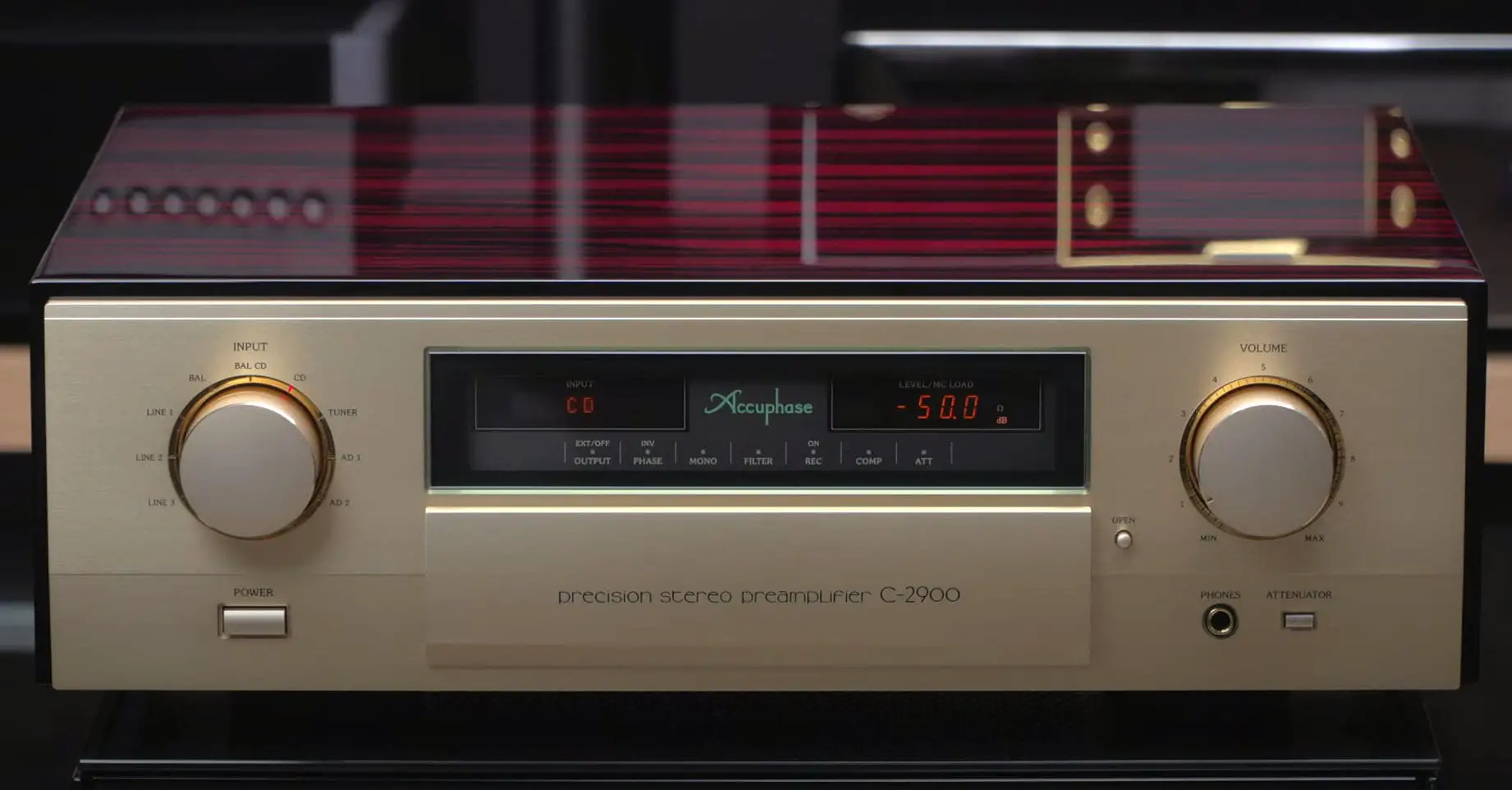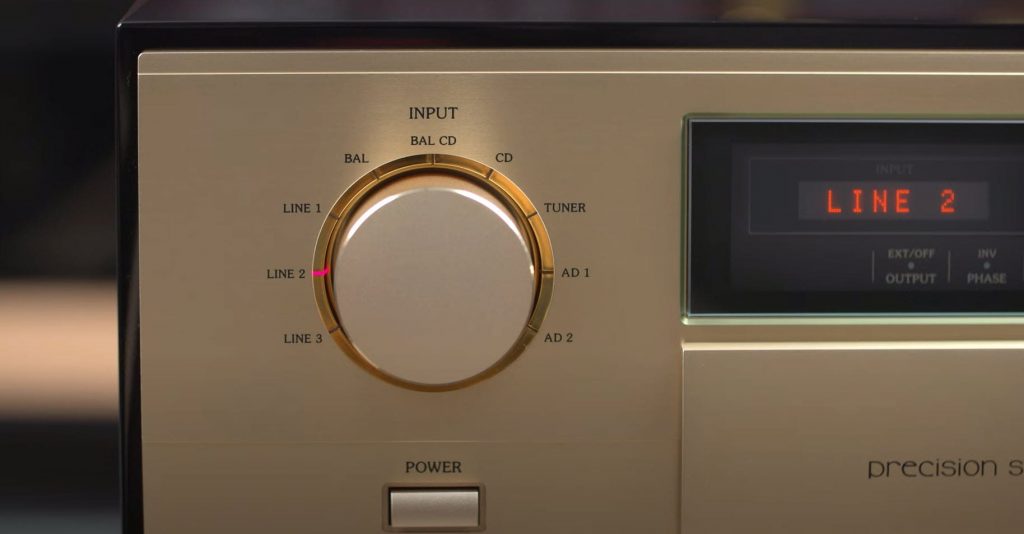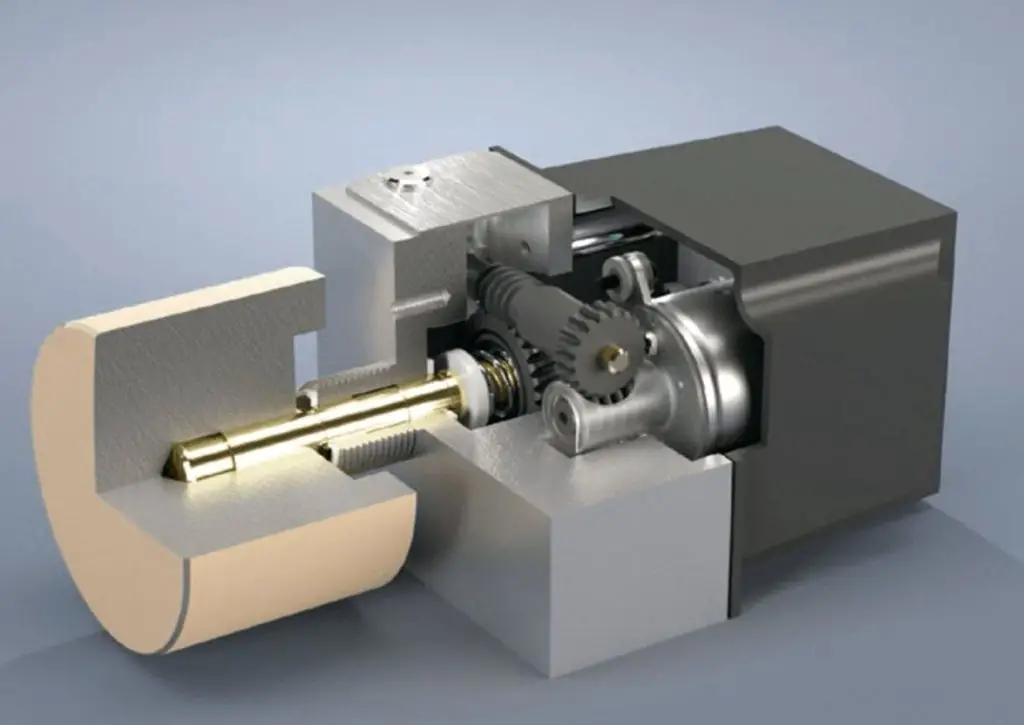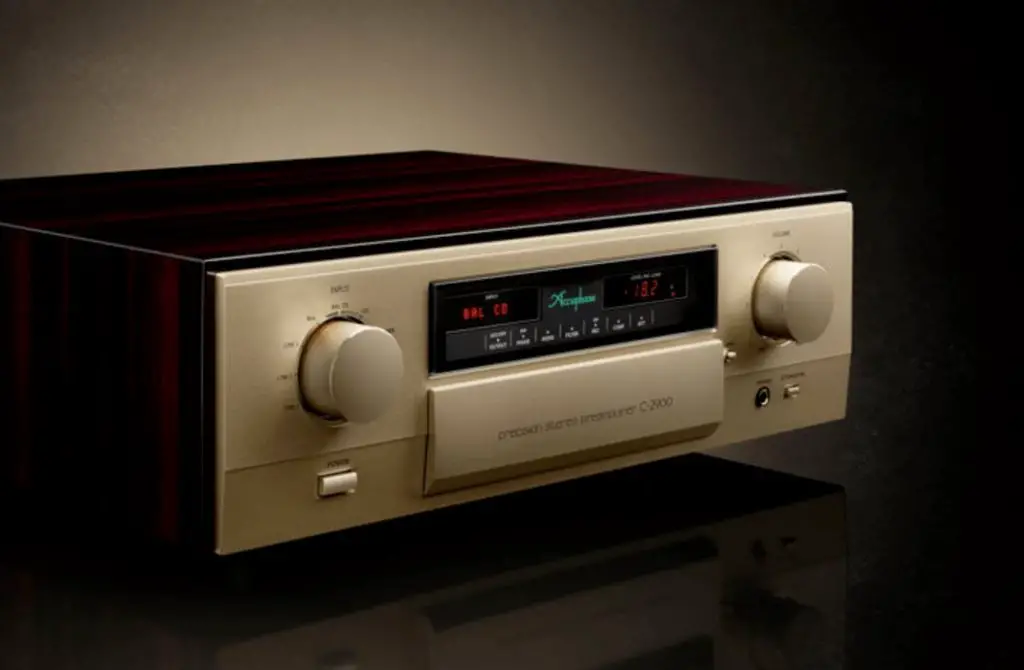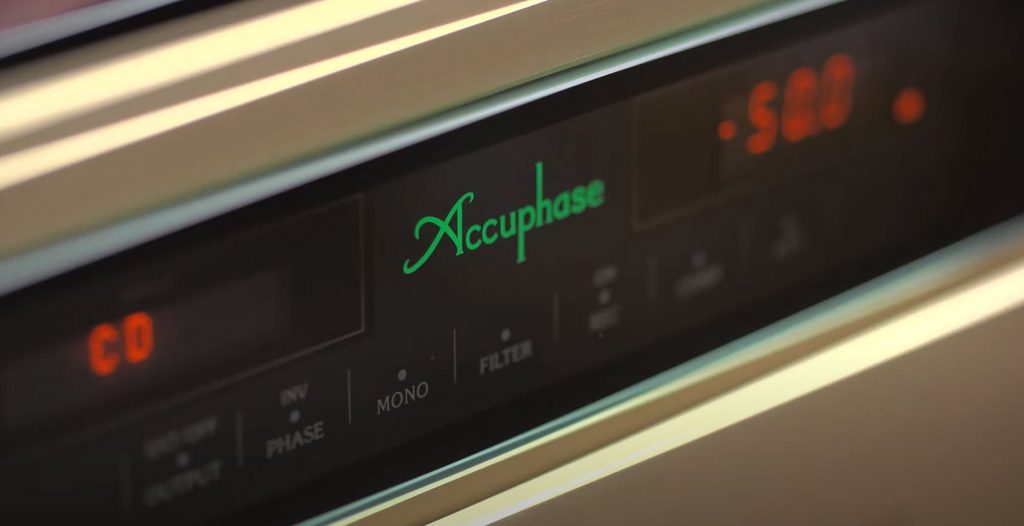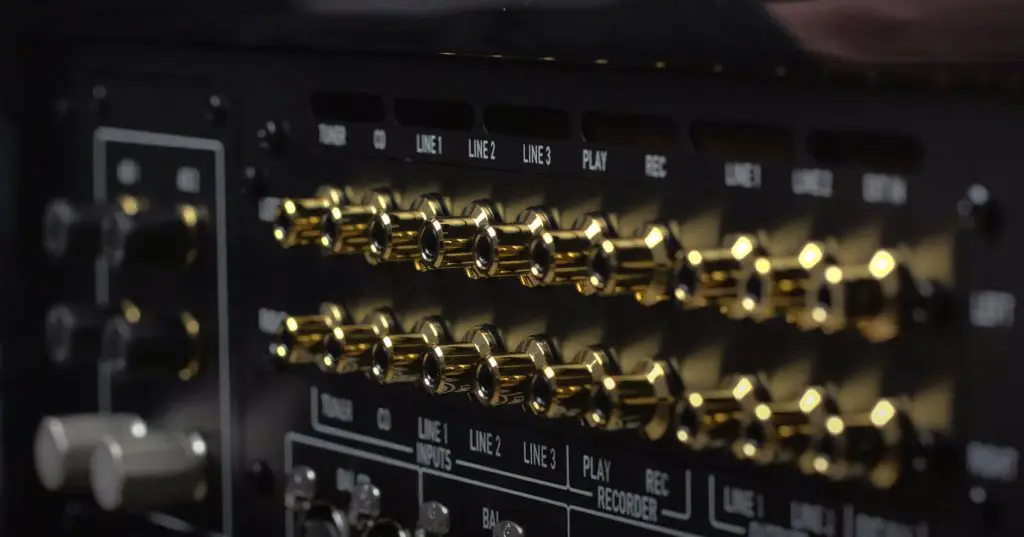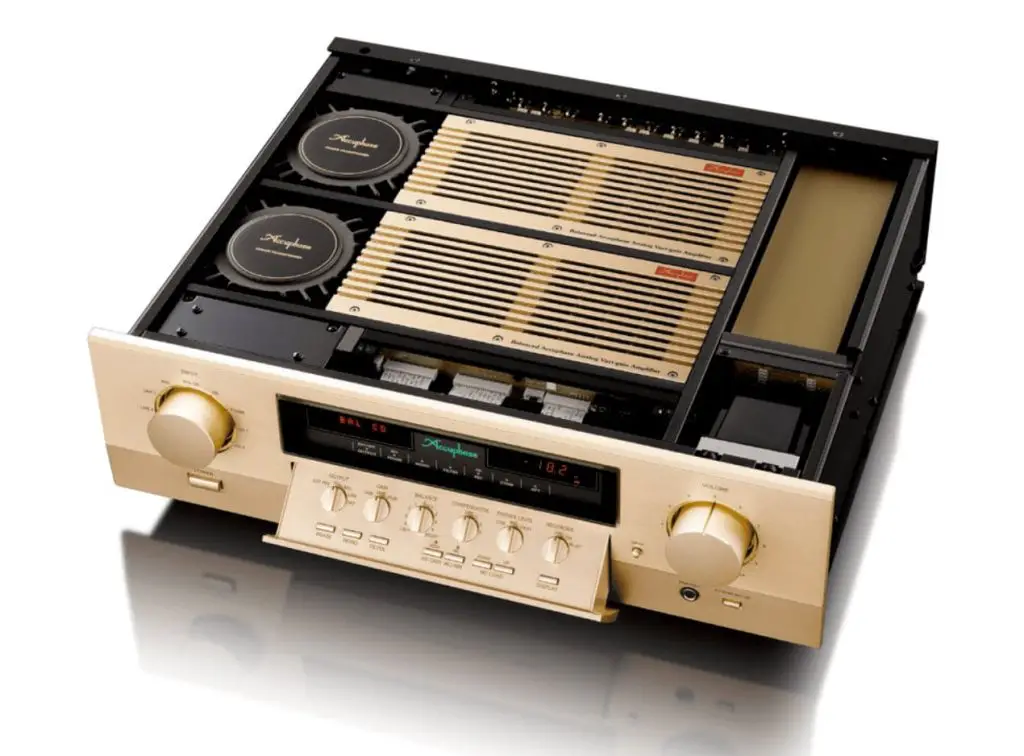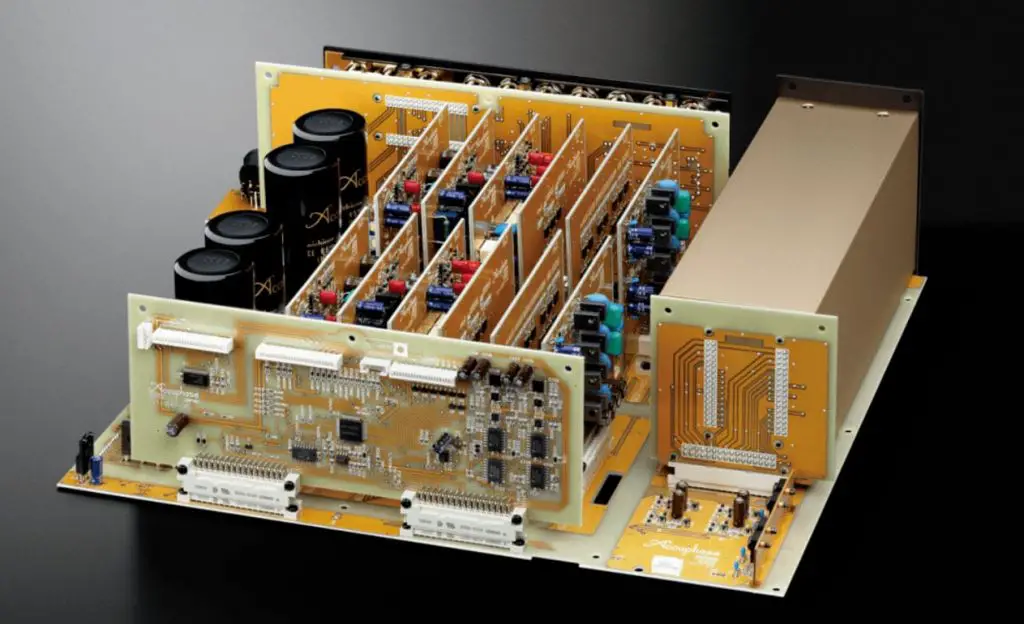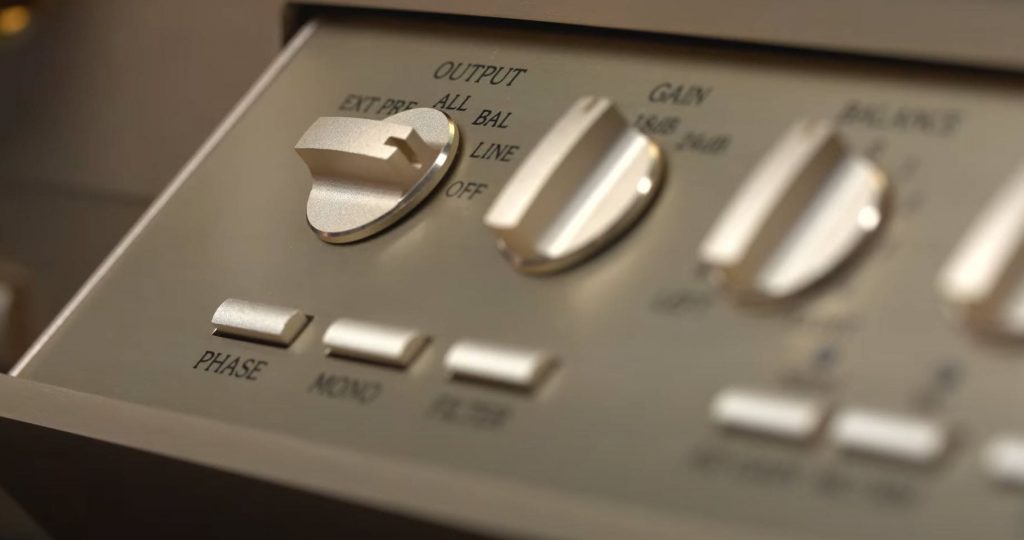Accuphase C-2900 Stereo Preamplifier Review
Accuphase, a Japanese brand founded in 1972, is about to turn 50 years old. It has been a mainstay in the Hi-End audio industry for decades, and there must be something special about it that has allowed it to maintain its position. In my opinion, one of the keys to its success is its ability to extract potential from every single detail, and the Accuphase C-2900 stereo preamplifier amplifier I recently tested is a perfect example of this dedication to refinement and perfection.
Design
The Accuphase C-2900 preamplifier utilizes advanced technology from Accuphase’s flagship stereo preamplifier, the C-3900. Its lineage can be traced back even further, however, to nearly two decades ago. In 2002, Accuphase introduced the C-2800, the first stereo preamplifier to feature the brand’s AAVA (Accuphase Analog Vari-Gain Amplifier) volume control system, which has a significant meaning.
Over the next 19 years, the C-2800 underwent several minor revisions, evolving into the C-2810 in 2006, the C-2820 in 2011, and the C-2850 in 2016. Finally, after all these years, the fifth generation of this product has arrived in the form of the C-2900 preamplifier.
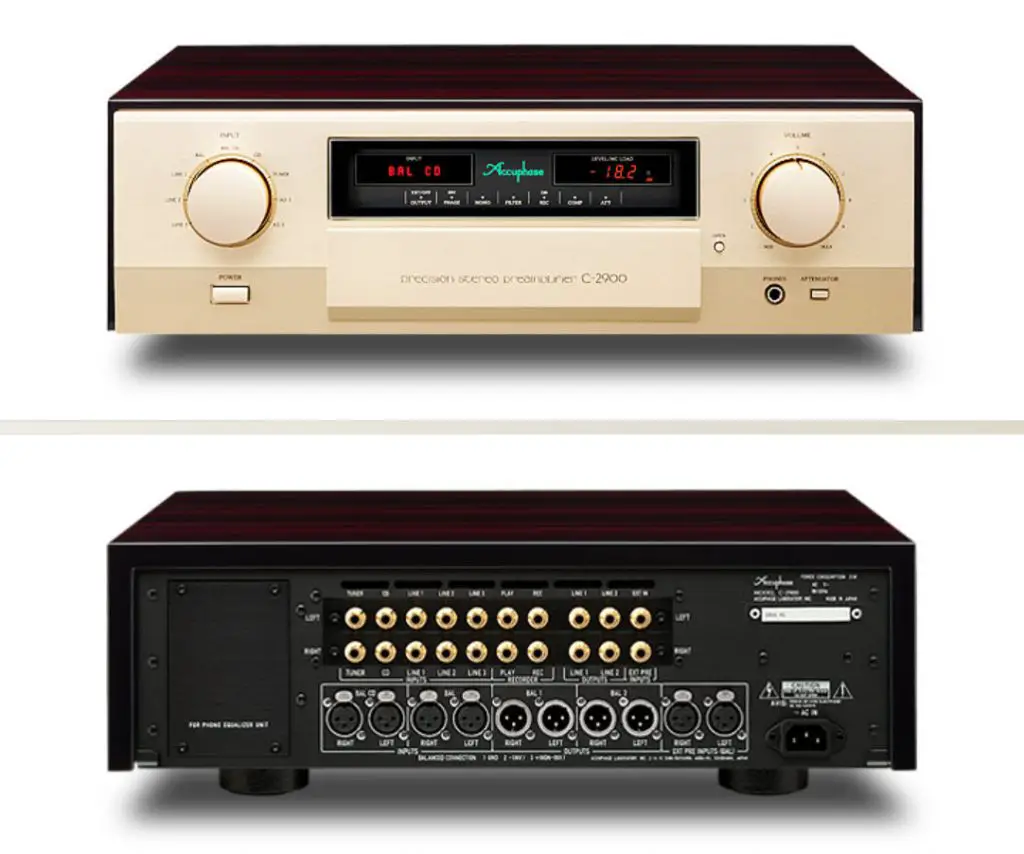
What is AVVA?
So why was the incorporation of the AAVA volume control system such a milestone? It’s definitely worth exploring further. AAVA is a brand new volume control concept and an exclusive “weapon” for the Accuphase brand. Instead of using a traditional method of attenuation through a variable resistor, AAVA adjusts volume by altering the gain of the amplifier.
Because the music signal does not pass through any variable resistors, there is no negative impact on sound due to changes in impedance or degradation of sound quality or noise due to contact oxidation.
This means that AAVA can achieve an excellent signal-to-noise ratio and low total harmonic distortion without the need to compromise or find a balance between the two, as is often necessary with traditional volume control methods. As a result, excellent sound quality can be achieved at any volume setting.
So how does the AAVA volume control system work? The AAVA volume control system inputs the music voltage signal into a voltage-to-current conversion amplifier, which divides the music signal into 16 levels (1/2, 1/4… up to 1/32768, 1/65536). These weighted 16 levels of current signals are controlled by turning on or off by 16 current switches, and the combination of these switch settings determines the overall volume.
The current switches are controlled in real time by a CPU based on the position of the volume control dial. The combined signal current forms a variable gain circuit to adjust the volume. Finally, the combined current signal is converted back into a voltage music signal by a current-to-voltage converter.
The Panel and Control
Aside from the core AAVA volume control system, the Accuphase C-2900 preamplifier still has a classic “Accuphase flavor” in terms of appearance – a refined and elegant gold aluminum alloy panel with one dial on each side for selecting the signal source and adjusting the volume. The “Accuphase” logo in green is accompanied by two small fluorescent displays in the center that show the necessary signal source and volume data.
The panel also has a classic “flip-down” function area, known as the “sub-panel,” beneath it, with several small dials and touch switches that can be used to select various control functions, greatly increasing the adaptability of the entire audio system to different environments.
Of course, like most Accuphase amplifiers, the C-2900 panel also has a 6.35mm diameter headphone jack in the lower right corner for headphone enthusiasts. The top and side panels are made of carefully selected, hand-crafted mirror solid wood with a natural texture and excellent hand feel, and a vintage feel. The body is supported by high-carbon cast iron feet with excellent vibration-damping properties.
The Accuphase C-2900 preamplifier from Accuphase is well-known for its exceptional operational feel, which is highly prized by audiophiles. In particular, the manufacturer has put significant effort into the volume knob on the C-2900, using a thick 8mm diameter shaft and a direct current-driven motor mounted on a floating mechanism that is lubricated with special oil.
The entire volume adjustment mechanism is encased in a solid CNC machined aluminum block. As a result, the knob has a well-damped, smooth, natural, and stable feel, and effectively shields against external interference to ensure sound quality.
In addition, the volume knob is connected to the AAVA volume control circuit through a sensitive sensor that detects the fine angle of rotation of the knob and transmits the sensing signal to the AAVA volume control circuit to achieve non-mechanical contact volume adjustment.
In addition to the above, the high standards of design and craftsmanship that are characteristic of the Accuphase brand are retained in the Accuphase C-2900 preamplifier. For example, signal source switching uses relays controlled by logic to ensure high sound quality and durability over long periods of use.
The C-2900 preamplifier has a wealth of input/output channels, including a dedicated recording input terminal and an EXT PRE input terminal that can be connected to an external preamplifier. All channels have both RCA linear terminals and XLR fully balanced terminals. Each input channel can be individually phased. The overall gain value can be selected (12 dB/18 dB/24 dB).
The volume attenuator can quickly reduce the volume to -20 dB. The loudness compensation function can correct the perceptible spectrum balance. It also has a built-in ultra-low-frequency noise and ultra-low-bass filter that can be removed from recordings.
Headphone audiophiles will be pleased to know that the headphone amplifier circuit of the C-2900 preamplifier is designed to be completely independent and has a complete push-pull output amplifier stage that is on par with a dedicated headphone amplifier.
The Inside
Based on the internal structure announced by the manufacturer, the Accuphase C-2900 preamplifier’s circuit layout adopts a strict dual monaural mode. However, this dual monaural layout is not the traditional left and right mirror image structure, but rather is horizontally placed.
The circuit for each channel is centered around a ring-shaped transformer with a heat sink and is accompanied by four specially made 10,000 μF filter capacitors to form a luxurious power supply circuit for the channel.
It is worth noting that various complex frame structures are used inside the machine to form a solid electromagnetic shielding measure. For example, the power supply and AAVA volume control circuits are housed in a thick 8mm aluminum alloy frame that is separate from the input/output circuits.
This large metal frame is then divided into smaller independent spaces by metal sheets according to different channels and functions, ensuring that there is no interference and also avoiding the influence of power electromagnetic interference on the sensitive analog audio circuit.
Accuphase brand has particularly emphasized the use of new material for the signal channel circuit board on the Accuphase C-2900 stereo preamplifier. The new printed circuit board uses a low dielectric constant and low-loss glass cloth fluorocarbon resin, which is highly stable and has a gold-plated copper foil conductor surface on the channel to improve signal transmission capability.
Sound Performance
During the audition, when playing “Brahms: Cello Sonata No.1”, what moved me the most was the peaceful, natural, and transparent background performance, the sound of music appeared particularly realistic and prominent in the deep black air, reflecting a pleasing sense of luster.
At the same time, the cello’s sound also appears particularly dense, viscous, and textured, with the resonant expansion of the sound box being lively. What surprised me, even more, was the sense of airflow in the live performance, as if the musical notes were freely roaming in the air, and I could even feel the subtle breathing sounds and natural swaying of the musicians with my ears. It’s no wonder that the AAVA volume control circuit is a masterpiece in controlling noise and releasing music!
The AAVA volume control circuit’s ability to combine speed and balance is also demonstrated to the fullest when playing “Unter dem Doppeladler/Under The Double Eagle” The response of various drum beats is extremely fast, fluid, and not dragging, with an excellent transient response. When the drum beats sound, the huge scale and distinct three-dimensional sense rush to the face, making people excited.
As for the low-frequency diving and power performance, the C-2900 preamplifier’s performance is also top-level, deep, and fast, full of dense details and texture, which is very satisfactory!
Conclusion
The Accuphase C-2900 stereo preamplifier by Accuphase is a top-of-the-line audio component that offers excellent sound quality, intuitive operation, and durable design. Its unique AAVA volume control circuit ensures precise and noise-free volume adjustment, while its rich input/output channels and phase adjustability allow for versatility in system setup.
The Accuphase C-2900 also features a separate and high-performance headphone amplifier circuit, making it a complete and unparalleled choice for both home theater and personal listening. With its attention to detail and commitment to audio excellence, the C-2900 is a must-have for any audiophile looking to elevate their listening experience.
Accuphase C-2900 Stereo Preamplifier Features
- Balanced AAVA volume control
- Logic-controlled relays for signal switching assure high sound quality and long-term reliability
- Printed circuit boards for signal transmission use glass cloth fluorocarbon resin with low dielectric constant and minimum loss along with gold-plating on copper foil surfaces
- Power supply circuits with separate toroidal transformers and filtering capacitors (10,000 μF × 4 pcs) for the left and right
- Newly developed volume sensor construction for a quiet and smooth operation feel
- Versatile arrangement of inputs and outputs (five line level inputs, two balanced inputs, two line level outputs, and two balanced outputs)
- Line level input and output connectors for a recorder
- Line level and balanced EXT PRE inputs for connection of an external preamplifier
- Individual phase setting for each input
- Switchable overall gain (12 dB / 18 dB / 24 dB)
- Left / right balance control through Balanced AAVA
- Stereo signal can be switched to monophonic operation
- Volume attenuator to instantly reduce sound to as low as –20 dB
- Loudness compensator for correcting the perceived spectral balance
- Informative and easy to read input and volume level display with on / off switching
- Discretely configured, high-quality headphone amplifier with parallel push/pull output stages
- Subsonic filter that cuts off ultra-low frequency noise from record warping
- Natural grain wood case with a mirror finish crafted by artisans using carefully selected virgin wood
- High-carbon cast iron insulator feet with superior damping characteristics
- Adding the AD-2900 to the C-2900 allows you to play analog discs.
- Front panel switching function for using a phono equalizer expansion unit:MC/MM switching/MC load impedance switching (10 / 30 / 100 / 200 / 300 ohms)/ Gain switching (MM: 34 / 40 dB, MC: 64 / 70 dB)
